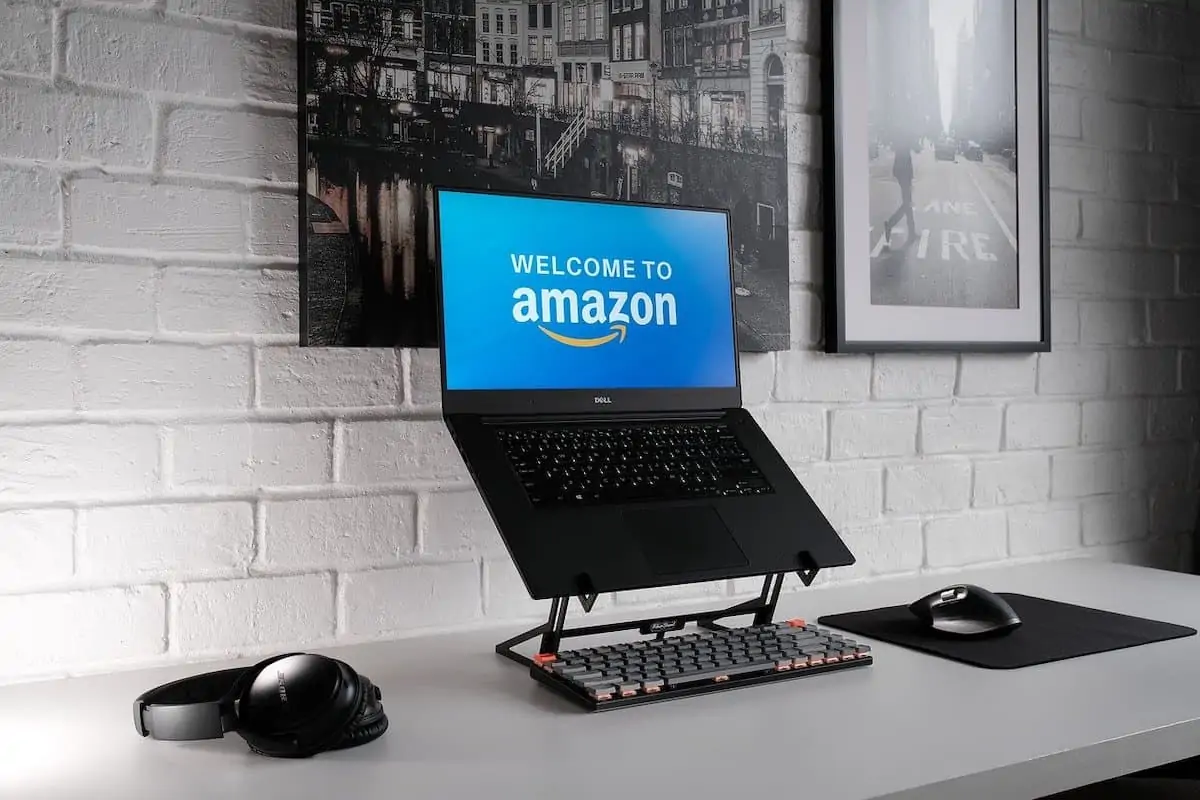Choosing the right fulfillment strategy can make or break your Amazon business. There are two primary options – fulfillment by merchant (FBM) and fulfillment by Amazon (FBA). To break it down – either you can pack and ship an order yourself, or you can leave the heavy lifting to Amazon. In this article, we’re taking a deep dive into what Amazon FBA has to offer and Amazon FBA advantages and disadvantages.
Decoding Amazon FBA
If your product is being sold under Amazon FBA, the retail giant picks, packs, and ships your orders. The process is simple:
- You procure your products and ship them to an Amazon warehouse.
- They are stored at Amazon’s fulfillment center until you get an order.
- Amazon updates your inventory, packs the product, and ships it to your customer.
- Amazon handles customer care, including returns and refunds.
- You receive your profits every 14 days.
As you can see, Amazon does most of the work for you. You can focus your attention on research, SEO, and marketing. The catch is that FBA isn’t free. There are various FBA fees for each sale as well as a storage fee which is charged every month. In most cases, the value added by FBA is worth the investment.
Amazon FBA advantages
Now that you know the FBA process, let’s take a look at the advantages of Amazon FBA.
Enables effortless scalability
For any business, logistics is often the most difficult aspect to scale. Amazon FBA solves that problem. The retail giant takes care of storage, packing, and shipping. This saves you a lot of money in the long-run, as well as gives you time to scale other parts of your business.
If you have a growing business, Amazon FBA ensures that you never hit a roadblock. All you need to do is make sure your inventory is healthy and stocked!
Amazon Prime
Customers expect lightning-fast delivery. Amazon Prime has changed the way we shop and there is no going back. If you can’t fulfill orders within two days, you will miss out on a lot of sales.
The good news is that Amazon FBA products qualify for Prime delivery.
It is important to mention that FBM sellers can also qualify for Prime through SFP (seller fulfilled Prime). However, you will need a spotless sales history and overwhelmingly positive seller feedback.
Buy Box preference
If you pay close attention to listings, you’ll notice that sellers with Prime delivery often control the Buy Box. This is because Amazon prefers sellers who can guarantee quick delivery and with Amazon FBA, sellers are eligible for Prime delivery.
It is important to note that more than 80% of all sales on Amazon are directly from sellers who control the yellow button. It provides a massive boost to sales.
Professional customer support
Amazon handles customer service, returns, and refunds. They hire professionals to ensure that your customers always have a positive experience. They tackle issues 24/7 and save you the trouble and the money of having to find qualified professionals to handle customer issues.
Amazon FBA disadvantages
While Amazon FBA has a lot of advantages, there are some disadvantages as well.
FBA fees
Like I mentioned earlier, FBA isn’t free. However, the often-overlooked cost is storage fees. All other fees only kick in per sale. Storage fees are collected every month irrespective of whether you have sold a product or not. If your product turnover is low, you could end up bleeding money.
If a product is stored at an Amazon warehouse for over a year, it will be subject to long-term storage fees. To prevent this from happening, you can remove inventory from Amazon warehouses, but that isn’t free either!
These are reasons why some sellers prefer FBM. When it comes to large, expensive products with low turnover, shipping them yourself may be the better option.
When setting the product price, make sure you consider FBA fees. You can use Amazon FBA calculator to quickly discover your profit margin!
Limited branding
The best way to make money on Amazon is by creating an engaging brand. Amazon FBA slightly limits your branding opportunities. Since Amazon ships the product, the shipping boxes have their branding.
You can still use product packaging to build your brand, so it is not a massive drawback.
Inventory fees unpacked
One of the biggest perks of using Amazon FBA is the storage space provided by Amazon.
However, this comes at a cost. The fee is based on volume, product size, and even the time of year. For instance, storage is more expensive in Q4 (October to December).
The storage fees are also higher for products categorized as ‘dangerous’ by Amazon.
When it comes to long-term storage fees, Amazon charges the seller $6.90 per cubic foot of storage used, or $0.15per product (whichever is greater). This will quickly add up if you are not careful so it is vital to regularly monitor your inventory.
You can learn more about the costs associated with Amazon FBA by reading this comprehensive guide.
When should you use FBA?
This is the million-dollar question. It is also a tricky one to answer. In ideal scenarios, Amazon sellers should use FBA when selling small products with high turnover. This ensures that storage fees are controlled and you won’t have to worry about long-term storage fees.
Most veterans adapt depending on the product. Fulfillment methods can differ from product-to-product. You can use FBA for small stuffed toys and FBM for a large television. So, being flexible and adapting to the situation is paramount!
Author’s Bio:

Arishekar N has over five years of web development experience and is the senior digital marketing strategies at SellerApp, Specialist in SEO, SEM, and best conversion rate optimization strategies that deliver industry-leading ROI. Arishekar has helped companies through more effective search engine marketing and SEO strategies. He is most passionate about working with e-commerce companies.


 EBOOK HERE
EBOOK HERE